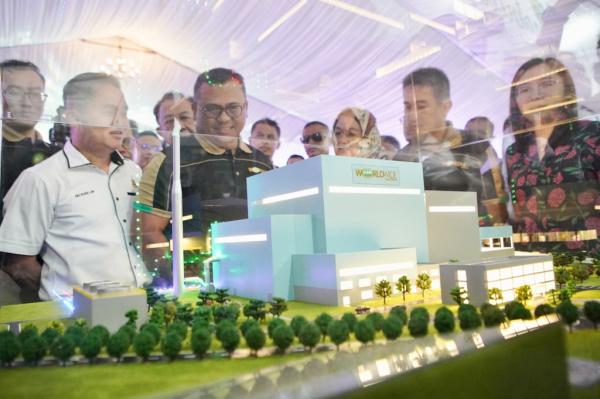By Yasmin Ramlan
SHAH ALAM, Dec 30 — Waste-to-energy (WTE) technology is seen as a highly effective initiative and a long-term solution for managing Selangor’s daily waste, which is anticipated to continue growing by approximately 6 per cent annually.
KDEB Waste Management Sdn Bhd (KDEBWM) managing director Dato’ Ramli Mohd Tahir said the state government is adopting the best approach as traditional landfill methods are no longer sustainable due to land constraints and rising costs.
"The state government's plan to implement WTE technology is a highly positive development, especially considering that Selangor's population is projected to grow by 2 per cent each year.
"The increase in waste has been substantial, around 6 per cent annually. For instance, 10 years ago, Selangor generated approximately 6,200 tonnes of waste daily, but that figure has now risen to 7,200 tonnes.
“With continued population growth due to migration, waste levels are expected to rise even further in the next five to 10 years. We cannot continue to depend on traditional disposal methods, such as landfills, indefinitely,” he said during SelangorTV’s SKOP programme last night.
Ramli explained that WTE technology is also capable of reducing 90 per cent of waste volume, leaving only 10 per cent for landfills.
He added that this approach could extend landfill lifespans by 60 to 70 years, making it a more efficient and long-term waste management strategy.
Ramli highlighted that over the past eight years, waste management services have supported 7 million residents and 2.2 million taxpayers in Selangor.
While waste collection, transportation, and disposal have been stabilised, a continued reliance on landfills would deplete valuable land, which is becoming increasingly expensive, he warned.
"We may not be certain if they (migrants) are settling in Selangor, but many of them work in places like Kuala Lumpur, Cyberjaya and Putrajaya.
"The increase in waste will be substantial, but the concern is when profits generated in places like Kuala Lumpur or Putrajaya result in waste being dumped in Selangor. This is something we cannot take lightly," he said.
Ramli noted that landfills, such as those in Jeram, Selangor, once considered remote, are now surrounded by residential areas due to rapid development, leading to noise and other disruptions.
With landfills nearing capacity, he stressed that the cycle of closing old sites and opening new ones is unsustainable, highlighting the urgent need for long-term waste management solutions.
Ramli also cited findings from studies by relevant agencies, including the Housing and Local Government Ministry and the Malaysia Solid Waste Management Department, indicating that WTE technology is currently the most suitable waste management solution.
He clarified that while waste-to-energy (WTE) technology is often associated with traditional incinerators that merely burn waste, advancements now enable energy recovery from waste combustion, making WTE a more sustainable and efficient solution.
He further noted that adopting WTE technology in Malaysia, including Selangor, is both timely and necessary to move away from outdated waste management practices.


